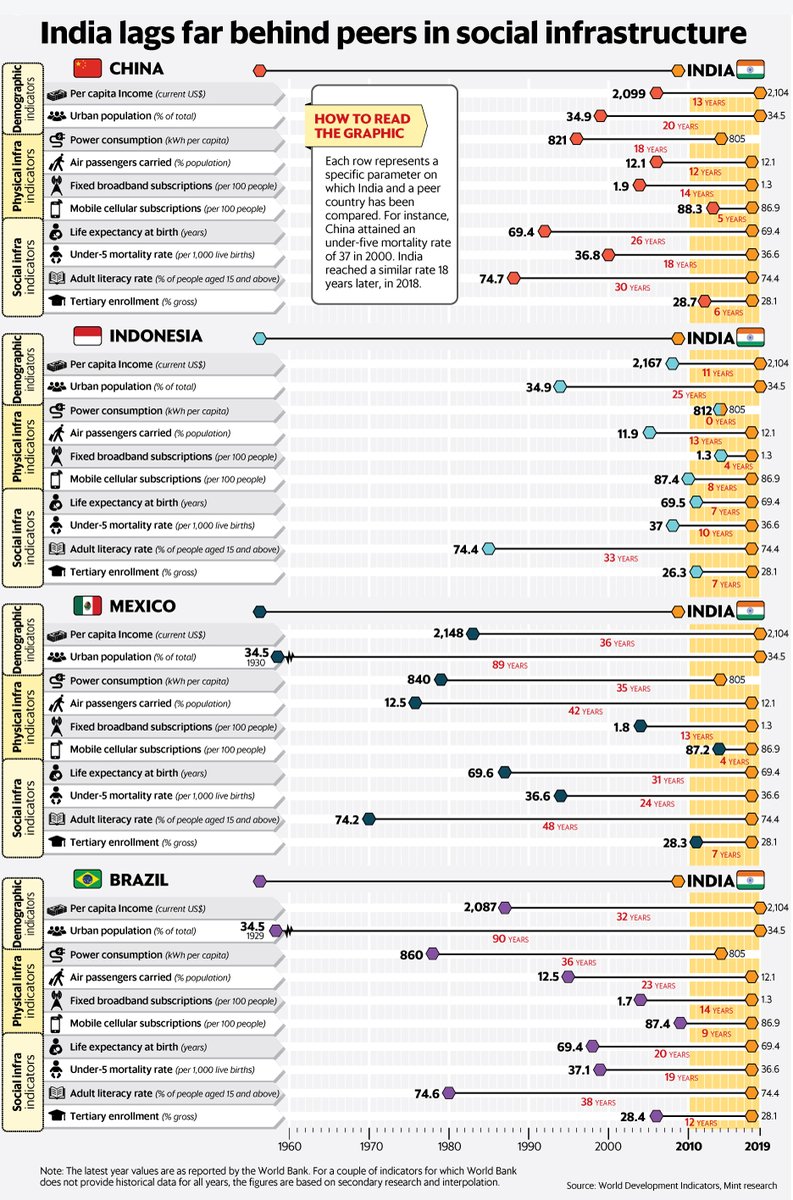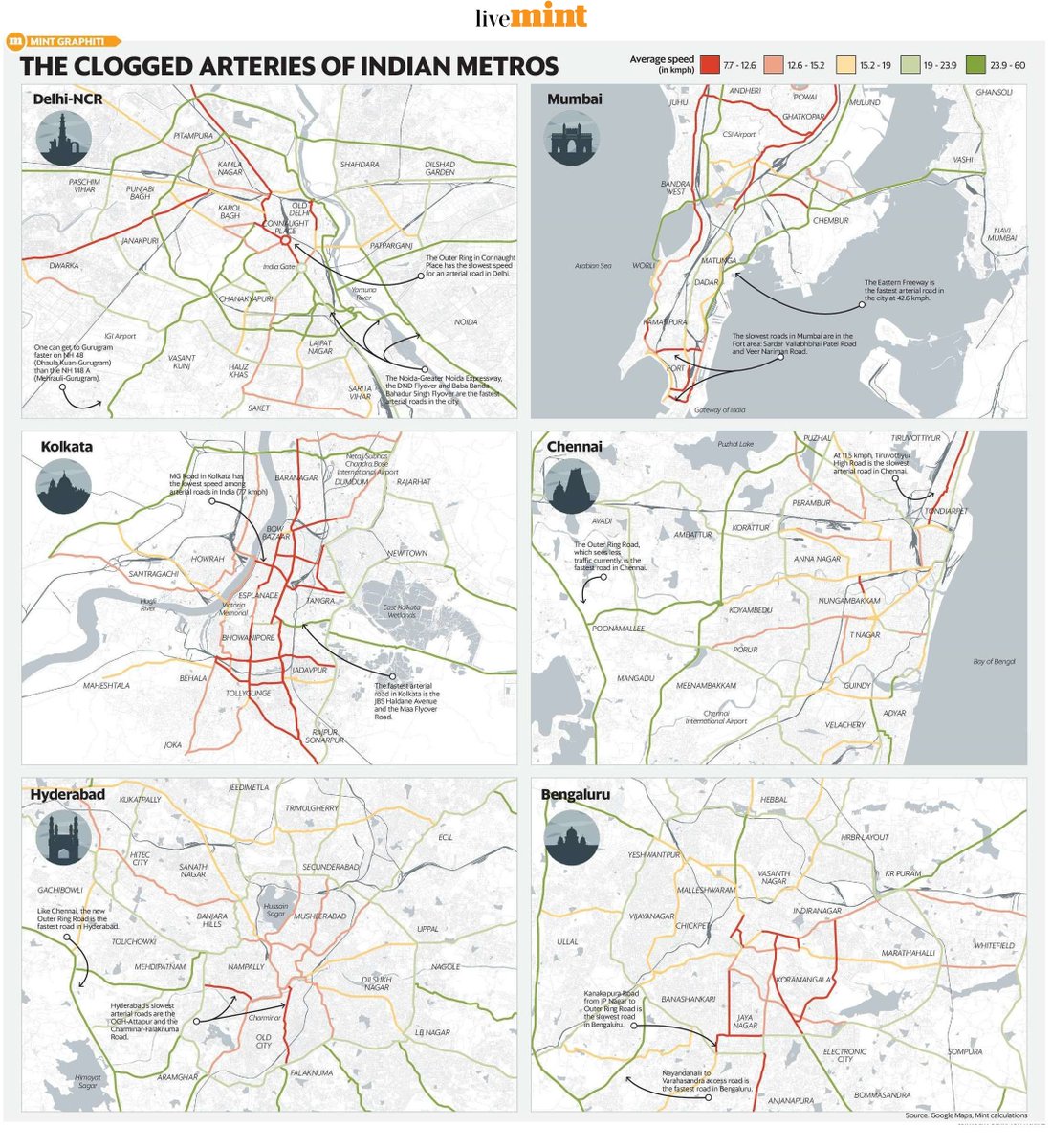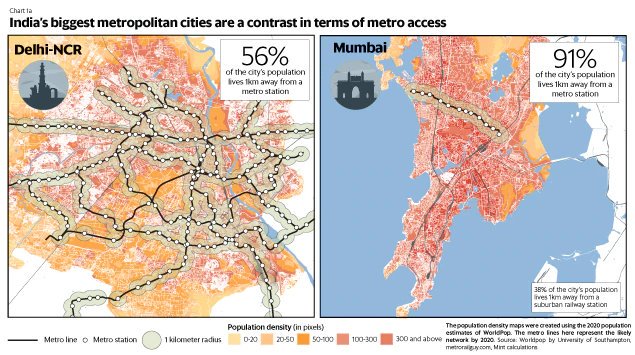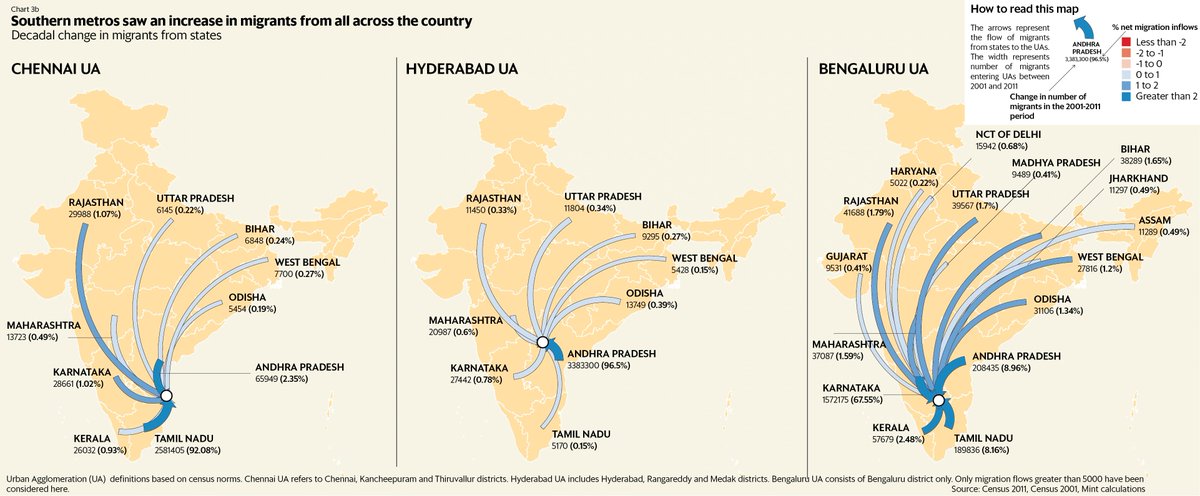
In the first of a four-part series based on the latest YouGov-Mint-CPR Millennial Survey, @TauseefShahidi shows how India's #vaccination drive has left behind the poor, the less educated, and religious minorities.
#PlainFacts
livemint.com/science/health…

#PlainFacts
livemint.com/science/health…


More than 13 MILLION people died of covid-19 in urban India alone, calculations by @TauseefShahidi based on the latest YouGov-Mint-CPR Millennial Survey show.
Delhi and Hyderabad hardest hit among major cities.
livemint.com/science/health…
Delhi and Hyderabad hardest hit among major cities.
livemint.com/science/health…

A majority saw deaths in their close circles. Nearly half reported deaths in their family/locality because of lack of oxygen/timely treatment.
These are SHOCKING numbers, and we didn't anticipate these kind of statistics when we put these questions in the survey...
These are SHOCKING numbers, and we didn't anticipate these kind of statistics when we put these questions in the survey...
... We feel these numbers are too important to ignore, and must be analyzed threadbare by a wider body of researchers and journalists.
Towards that end, we will be releasing the full dataset and documentation online once we run through this series.
Towards that end, we will be releasing the full dataset and documentation online once we run through this series.
• • •
Missing some Tweet in this thread? You can try to
force a refresh










